
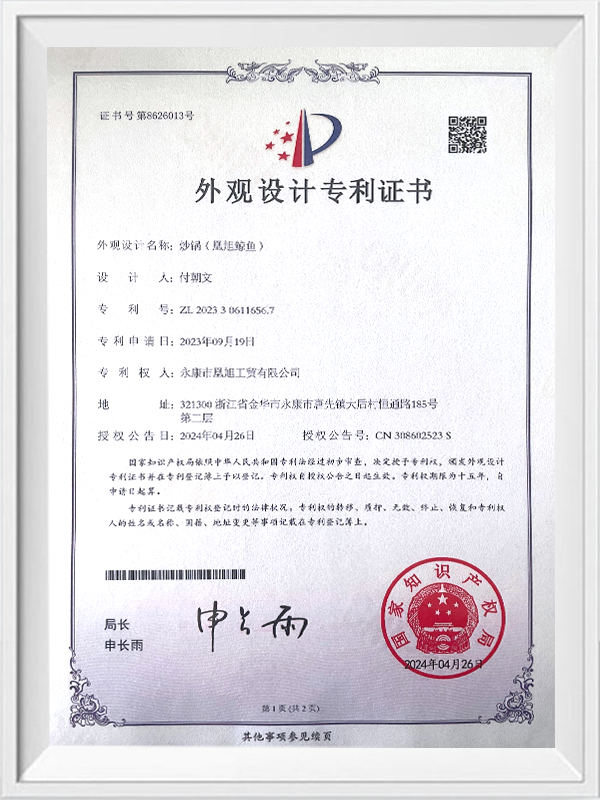
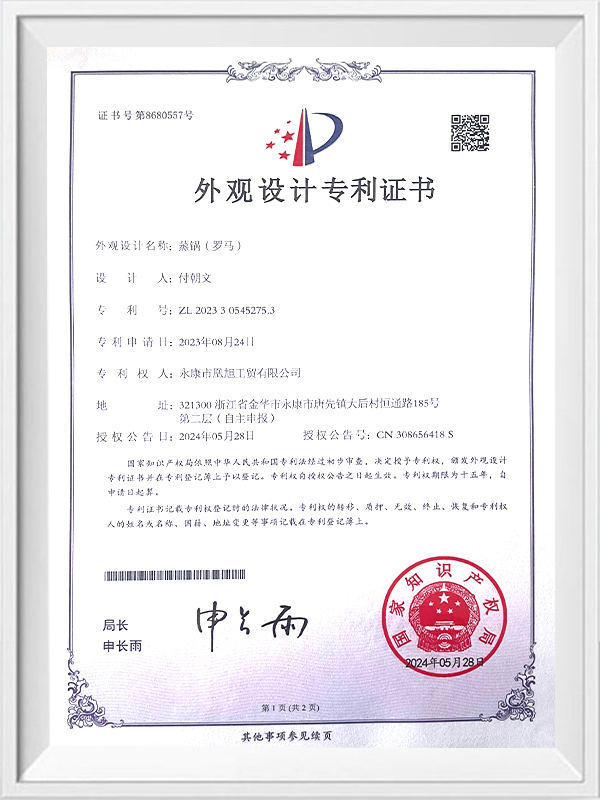
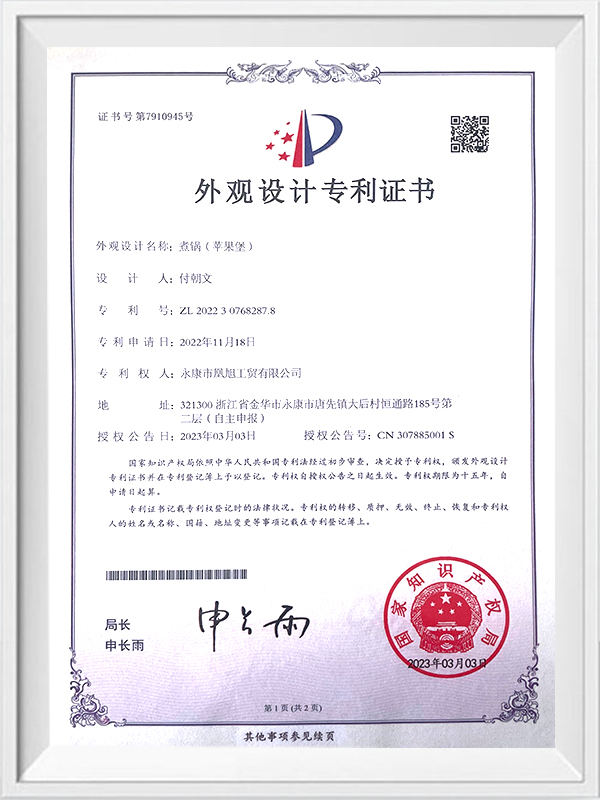
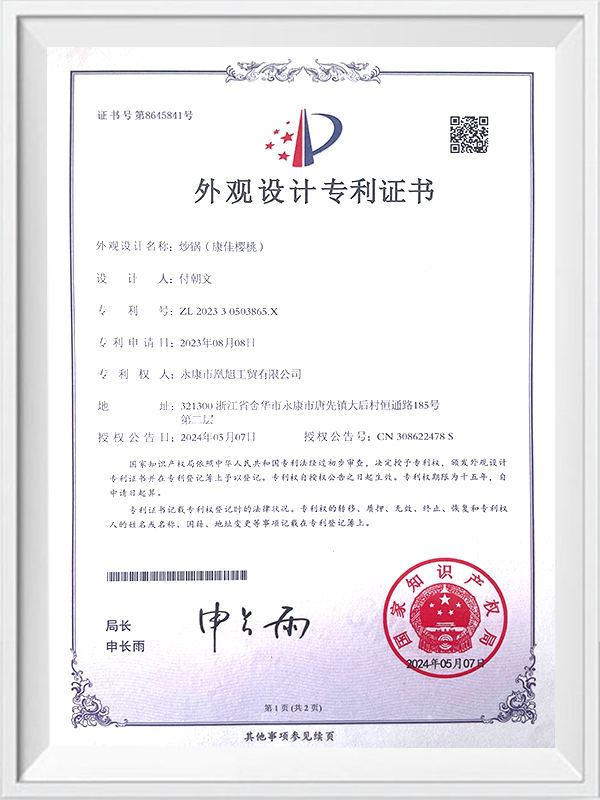
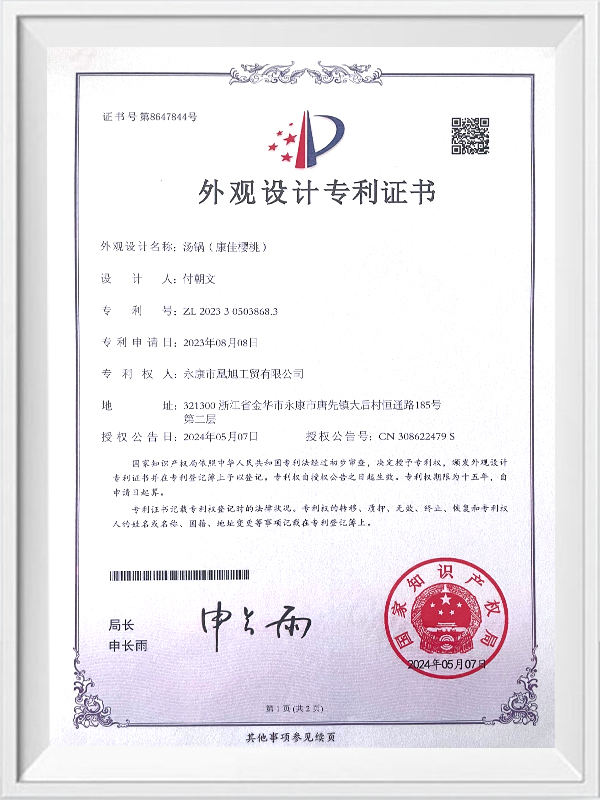


Die-cast aluminum cookware has gained steady recognition for its balanced performance, practical structure, an...
View MoreSelecting suitable household frying pans involves understanding cooking habits, kitchen space, heating methods...
View MoreUncoated Non-Stick Frying Pans are drawing wider interest in global markets as more consumers reassess the mat...
View MoreCooking a perfect steak requires more than just selecting high-quality meat—it also depends on the pan you use...
View MoreStockpots have long been essential tools in both home and professional kitchens. From preparing soups and stew...
View MoreHousehold frying pans have long been essential tools in kitchens around the world. In recent years, consumer p...
View MoreUncoated cookware refers to pots and pans made without any non-stick or protective surface coating. Common materials include stainless steel, cast iron, carbon steel, and copper. These types of cookware are valued for their durability, high heat resistance, and suitability for browning and searing food. They are commonly used in both home and professional kitchens for tasks that benefit from direct contact with metal surfaces. Proper care helps maintain performance and extend the usable life.
Stainless steel cookware is widely used in both domestic and commercial kitchens. It is known for its resistance to rust, corrosion, and staining. Made from a blend of metals, including chromium and nickel, stainless steel provides a strong, non-reactive cooking surface that does not interfere with the flavor of food.
This type of cookware is suitable for a range of cooking techniques, such as boiling, sauteing, and simmering. It often comes with an aluminum or copper core layered within the base or sides to enhance heat conductivity. While stainless steel alone is not highly conductive, this added core helps distribute heat more evenly.
One of the main benefits of stainless steel cookware is its durability. It can withstand high cooking temperatures and is usually compatible with various heat sources, including induction. In addition, stainless steel can often be safely cleaned using regular dish soap and scrubbers, though some food residues may require soaking or specialty cleaners.
Stainless steel pans are typically oven-safe and suitable for use with metal utensils. However, food can sometimes stick if the pan is not properly preheated or if insufficient oil is used. For good results, users often heat the pan before adding oil and ingredients.
With consistent care, stainless steel cookware can remain a dependable part of the kitchen for many years, offering versatility across a wide variety of dishes and cooking styles.
Titanium cookware is a popular choice for those looking for lightweight and durable kitchen tools. It is typically made from either solid titanium or a base metal, such as aluminum, coated with a layer of titanium. The material is resistant to corrosion and is not reactive with food, making it suitable for a range of recipes.
One of the notable features of titanium cookware is its strength-to-weight ratio. It is significantly lighter than many traditional materials, such as cast iron or stainless steel, which can make handling easier, especially when cooking larger meals. This cookware is often favored for outdoor use or for those who prefer lighter kitchen equipment.
Titanium-coated cookware often includes a non-stick surface, which can help reduce food sticking and ease the cleaning process. However, users are encouraged to follow care instructions closely to avoid damaging the coating, such as avoiding metal utensils and using lower heat settings when appropriate.
Solid titanium cookware is generally more expensive and less common but is valued for its hypoallergenic properties and resistance to pitting. Both coated and solid options are known for quick heat-up times, though they may not retain heat as long as heavier cookware types.
In general, titanium cookware offers a practical solution for efficient cooking, especially for individuals seeking low-maintenance and lightweight cookware options. With appropriate care, it can support a range of daily cooking tasks in both home and travel settings.